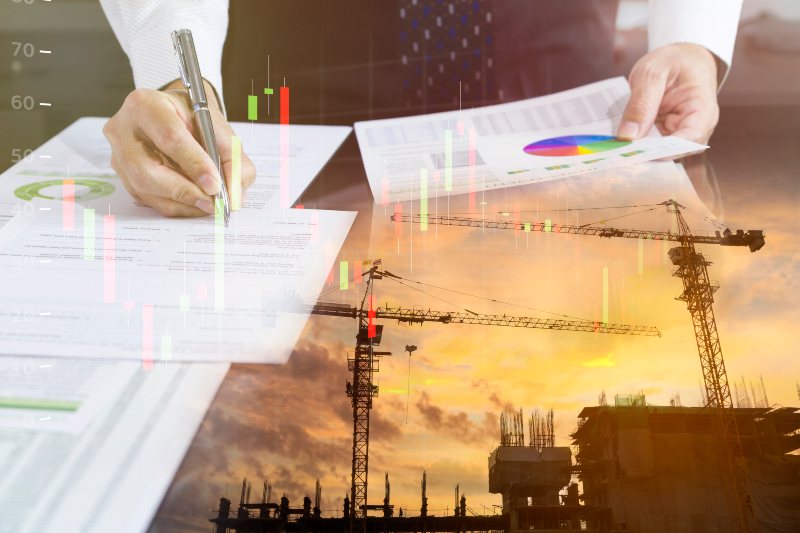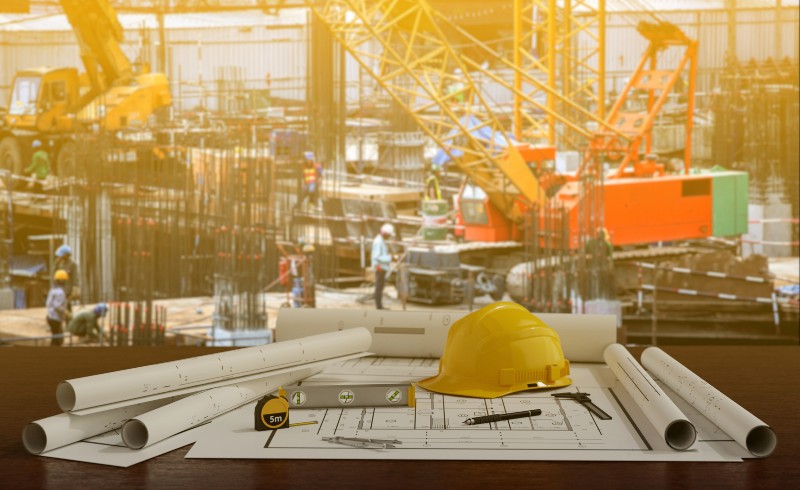10 Subtle Factors That Influence Construction Costs

10 Subtle Factors That Influence Construction Costs
In the early stages of a commercial construction project, it’s important to do your due diligence and factor in all the costs. This includes hard costs like building materials, utility installation, interior and exterior finishes, and landscaping. It also includes soft costs such as design fees, permits, land surveying, loan interest, and property taxes.
After doing your research, you get an idea of what your commercial project should cost—so why are the bids coming in higher than you expected? You may have forgotten to account for the more subtle factors influencing construction costs. Here are 10 often-overlooked elements that can affect your construction project timeline and budget.

1. Construction Site Location
The setting of a construction project plays a large part in determining its overall cost. Factors such as site accessibility, local zoning laws, and environmental conditions either simplify or complicate the construction process. Urban sites may incur higher expenses related to the limited space and stricter building regulations, while rural areas might have higher material transportation and labor costs.
2. Inflation and Price Fluctuations
Inflation and fluctuating material prices are persistent challenges in the construction industry. Economic conditions can cause the prices of crucial materials like steel, concrete, and lumber to vary significantly from one day to the next. If you estimated project costs two or three years ago, ask for updated quotes because the prices have probably changed significantly. You can mitigate the impact of price increases and fluctuations by staying updated with market trends and incorporating contingency allowances in your budget.
3. Supply Chain Issues
Supply chain disruptions have been more prevalent since the COVID-19 pandemic. Fortunately, many issues have stabilized by now, but unanticipated delivery delays can still affect the timeline of a construction project and increase costs. In addition to pandemic-related issues, factors such as transportation bottlenecks, geopolitical tensions, and natural disasters contribute to supply chain instability.
4. Restrictive Covenants
Restrictive covenants are legal obligations imposed by property deeds or local authorities that limit how a property can be used. These restrictions often dictate building size, usage, and aesthetic requirements, potentially increasing costs in your efforts to comply. Some examples of restrictive aesthetics include limited exterior paint colors, siding styles, fencing, and landscaping. Identify the covenants that apply to you before finalizing your design plans to avoid unexpected expenses, delays, and do-overs.
5. Labor Costs
Labor costs are a significant construction expense, often accounting for roughly half the total project cost. Wages for skilled labor have risen in many places due to the high demand for these labor-intensive roles. The more complex your project, the more specialized labor you may require, further impacting your budget.
6. Local Market Conditions
In regions experiencing rapid growth, the demand for construction services may outstrip supply, driving up prices. Conversely, prices might be more competitive in slower markets. Understanding local market dynamics and planning accordingly can help you manage costs.
7. Environmental and Sustainability Requirements
Construction projects are increasingly subject to environmental and sustainability standards. These requirements might include energy-efficient designs, sustainable materials, and waste-reduction practices. While these measures lead to long-term savings and environmental benefits, they often require an initial investment that raises your upfront project cost.
8. Stormwater Management
An often-overlooked construction cost relates to stormwater management, or directing rainwater away from roofs, pavement, and other surfaces impervious to water can affect the construction timeline for projects. Many municipalities have strict criteria for commercial buildings, ensuring these large structures do their part to mitigate flooding and erosion. Depending on your project’s location, implementing effective drainage systems can be costly. Factors such as soil permeability, topography, and local regulations determine the extent and expense of the stormwater management measures required.
9. Fire Sprinklers or Suppression Systems
Commercial buildings are often legally required to install automatic fire sprinklers or fire suppression systems. These systems can be expensive to install and maintain, particularly in large or complex structures. Even so, ensuring regulatory compliance is essential to avoid fines and safety hazards.
10. Final Touches
The quality and extent of your building’s final touches may impact construction costs more than you realize. High-end finishes and fixtures, custom signage, and specialized materials add up quickly. Balance your aesthetic desires with budgetary constraints to manage costs during the final stages of construction.
Contact Advanced Building Corporation Today
Advanced Building Corporation understands the difficulties of managing construction costs. In the 30+ years we have served South Central Wisconsin, we have completed a diverse range of projects, including industrial, retail, and multi-family buildings. Our site superintendents average over 25 years of experience, ensuring your project is completed on budget and within your desired construction project timeline. Contact us today for reliable design-build commercial construction services.
